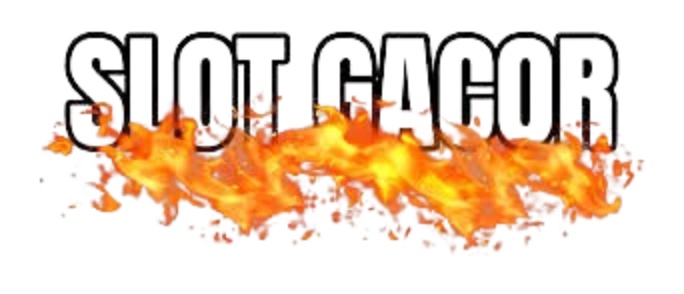Slot Gacor » Link Jackpot Situs Slot Gacor Hari Ini Terbaik Scatter Hitam
Slot Gacor adalah link jackpot situs slot gacor terbaik hari ini yang memberikan kemudahan dan keuntungan besar gampang menang dengan bonus fitur scatter hitam paling gacor setiap hari.
-
Smart Speakers
-
With Screens
-
Alexa on the go
-
Kindle E-Readers
-
Video Doorbells
-
Security Cameras
-
Accessories
-
Wi-Fi 5
-
Wi-Fi 6
-
Wi-Fi 7
Customer reviews
5 out of 5
stars
5
out of 5
166.168 global ratings
-
Top reviews
Top reviews
There was a problem filtering reviews right now. Please try again later.
Reviewed
on 10 March
2025
Terbaik situs ini ga pernah boong kasih informasi bocoran game slot gacor rtp tertinggi
Reviewed
on 1 March
2025
Modal deposit 10rb kemenangan besar maen game slot gacor terbaru
Reviewed
on 31 Februari
2025
Kemenangan besar bermain game slot gacor saya rasakan di situs ini



